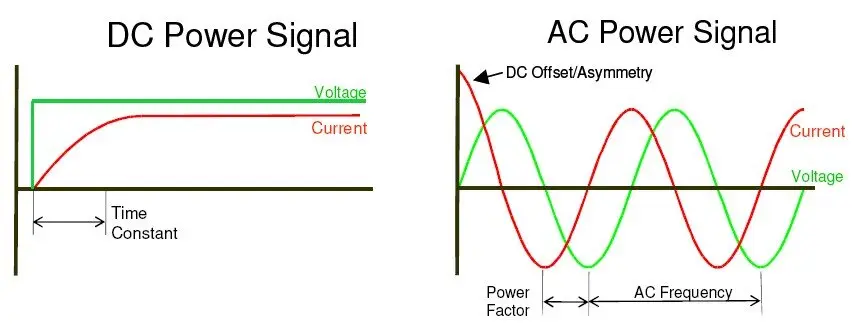A DC load refers to electrical devices or systems that operate on direct current (DC) rather than alternating current (AC). In Australia, DC loads are commonly found in applications such as solar power systems, battery-powered devices, and certain electronic equipment.
Direct current flows in a single direction, providing a constant voltage, which is essential for the proper functioning of DC-powered devices. In Australia, DC loads are frequently used in renewable energy systems, such as solar panels and battery storage systems. Solar power systems generate DC electricity, which is then converted to AC for use in household appliances or stored in batteries for later use.
DC loads in Australia must adhere to specific standards and regulations, such as those outlined in the AS/NZS 5033 standard for photovoltaic (solar) panels. This standard ensures the safe installation and operation of solar power systems, including the proper management of DC loads to prevent overloading and ensure system efficiency.

Proper installation and maintenance of DC loads are crucial to ensure their safe and effective operation. Electricians working with DC systems must be familiar with the unique requirements of DC circuits, including appropriate wiring practices and safety measures to handle the specific challenges associated with direct current.